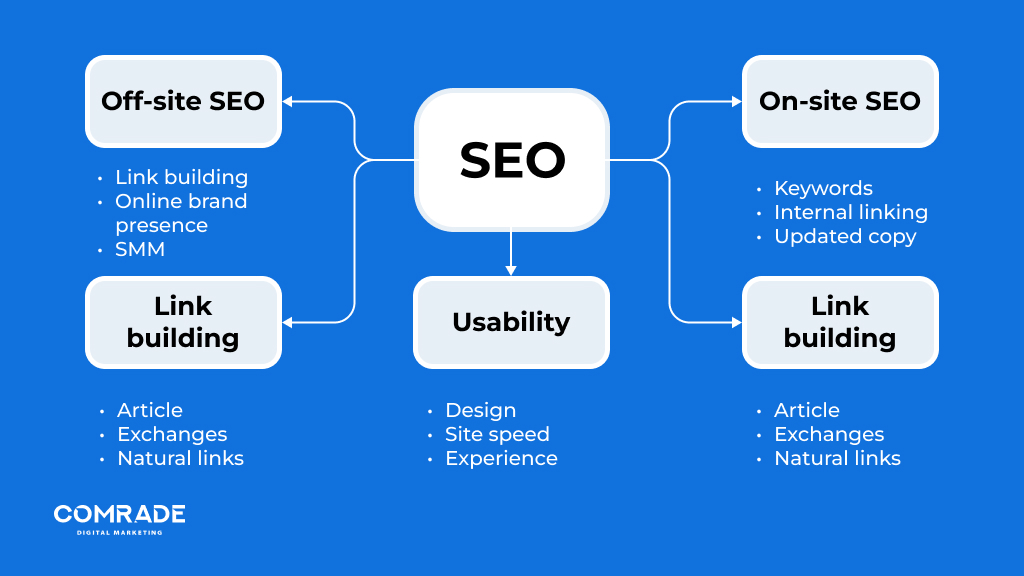Revealing the Unconventional Mediums in Google Analytics Beyond Default Settings
In the realm of electronic analytics, Google Analytics stands as a cornerstone for businesses seeking to recognize their online existence. By venturing past the surface and delving into the ins and outs of social media information, email campaign performance, referral web traffic sources, direct web traffic patterns, and customized channel collections, a treasure chest of details waits for those prepared to embrace a much more nuanced approach.

Leveraging Social Media Insights
Occasionally overlooked, yet profoundly beneficial, is the technique of leveraging social media understandings within the realm of Google Analytics. By incorporating data from platforms like Facebook, Twitter, Instagram, and LinkedIn into Google Analytics, organizations can acquire a much deeper understanding of their target market and the effectiveness of their social media projects.
Through this assimilation, marketers can assess and track user behavior on their site that stems from social media sites systems. They can identify which social media sites channels are driving one of the most traffic, which material is resonating with the audience, and which projects are converting the most leads. This understanding enables data-driven choices to enhance social media sites strategies and improve overall advertising performance.
Moreover, by combining social media sites insights with Google Analytics, services can produce more targeted and personalized projects - what is not considered a default medium in google analytics. They can make use of demographic info, passions, and online behaviors collected from social media to improve their audience division and deliver customized messages that reverberate with details client teams. This targeted technique can bring about higher engagement, enhanced conversions, and inevitably, enhanced roi
Uncovering Email Campaign Performance
Uncovering Email Campaign Performance includes evaluating key metrics and performance indicators to assess the performance of e-mail marketing efforts. When delving into e-mail project efficiency, it is essential to analyze metrics such as open rates, click-through rates, conversion rates, and unsubscribe rates. Open up rates suggest the percent of receivers that opened up the email, supplying insight right into the performance of subject lines and sender names. Click-through prices measure the portion of receivers who clicked web links within the e-mail, revealing involvement levels. Conversion prices track the portion of recipients who completed a preferred action after clicking a web link in the email, such as signing or making a purchase up for a newsletter. Unsubscribe prices highlight the number of receivers who opted out of getting further e-mails, dropping light on e-mail content quality and relevance. By evaluating these metrics, marketers can fine-tune their email campaigns for much better involvement and performance.
Analyzing Referral Traffic Resources
After reviewing the performance of email projects through vital metrics such as open prices and conversion prices, the following critical action is examining referral traffic resources in Google Analytics to comprehend where internet site visitors are originating from and exactly how they connect with the site. Recommendation website traffic resources refer to the web sites that route customers to your website with clickable web links. By delving right into this data, businesses can obtain understandings right into which external systems are driving traffic to their site, whether it be social media platforms, companion internet sites, or on-line directories.
It aids services identify high-performing referral resources that add significantly to check out this site internet site traffic and conversions. Google Analytics offers comprehensive records on reference traffic, allowing services to track the performance of each reference source precisely and make data-driven choices to enhance their online presence.
Discovering Direct Traffic Patterns
Exploring the straight web traffic patterns in Google Analytics gives valuable insights into user behavior and the efficiency of campaigns - what is not considered a default medium in google analytics. Direct website traffic describes visitors who land on a site by directly inputting the URL right into their browser, using bookmarks, or clicking on untagged web links. Recognizing direct traffic patterns can help marketing experts review the impact of offline advertising efforts, brand name acknowledgment, and the effectiveness of word-of-mouth referrals
By diving right into direct website traffic data, businesses can discover crucial info concerning customer intent and brand loyalty. Assessing the actions of direct site visitors, such as the web pages they visit, the moment spent on site, and the conversion rate, can provide a deeper understanding of customer engagement and the overall effectiveness of the internet site in transforming visitors right into customers.
Furthermore, tracking straight traffic patterns over time permits businesses to determine patterns, seasonality effects, and the success of certain projects or promos in driving straight sees. This details can after that be made use of to improve advertising and marketing techniques, enhance site content, and improve the total individual experience to maximize conversions.
Utilizing Custom-made Network Groupings
Utilizing customized channel groups in Google Analytics permits companies to classify and evaluate their internet site traffic based on details requirements, giving useful understandings for maximizing advertising strategies. Customized network groups make it possible for firms to create their very own tailored groupings of web traffic resources, such as social networks, natural search, e-mail projects, and recommendation traffic. By defining these collections, organizations can get a much deeper understanding of how different advertising and marketing networks add to their internet site web traffic and conversions.
This attribute is specifically helpful for services with varied advertising and marketing strategies across various systems. For instance, a business running both paid and organic social networks campaigns directory can separate between the 2 to analyze their individual performance precisely. Furthermore, personalized network groupings can assist recognize any overlooked or ignored website traffic sources that might be driving valuable engagement.
Conclusion

By venturing beyond the surface area and diving into the intricacies of social media data, email project efficiency, reference web traffic resources, direct website traffic patterns, and custom-made network collections, a treasure trove of details waits you could check here for those willing to accept an extra nuanced approach. They can determine which social media channels are driving the most traffic, which material is resonating with the target market, and which projects are transforming the most leads.After reviewing the efficiency of email campaigns via crucial metrics such as open prices and conversion prices, the following vital action is analyzing recommendation traffic sources in Google Analytics to comprehend where site site visitors are coming from and just how they communicate with the site. Customized network groups allow business to develop their own personalized collections of web traffic resources, such as social media, natural search, email projects, and referral web traffic. By leveraging social media insights, discovering e-mail project performance, evaluating recommendation web traffic resources, checking out straight traffic patterns, and using customized channel groupings, marketing experts can gain beneficial insights right into their on-line visibility.